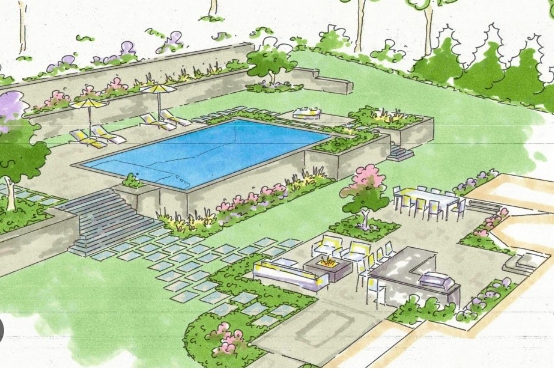From ancient civilizations to modern cities, the design of a site has always been a vital component in creating a harmonious and functional environment. The intersection of architecture and landscape design plays a crucial role in shaping the way people interact with built spaces.
Blending Form and Function
Site design is not just about aesthetics; it is also about creating spaces that are functional and practical. Architects and landscape designers work together to create sites that not only look beautiful but also serve their intended purpose. Whether it’s a public park, a residential neighborhood, or a commercial building, the layout and design of a site can greatly impact how people use and experience the space.
Creating Connections
One of the key aspects of site design is creating connections between different elements of the site. This can include pathways that lead visitors through a garden, courtyards that provide a sense of enclosure and privacy, or seating areas that offer a place to relax and socialize. By carefully considering how people will move through and interact with a site, designers can create spaces that are both inviting and engaging.
Embracing Nature
Incorporating natural elements into site design is essential for creating a sense of harmony and balance. Landscape designers often use plants, trees, and other natural features to soften the hard lines of buildings and structures, creating a more inviting and organic environment. By embracing nature in site design, architects and designers can create spaces that feel connected to their surroundings and evoke a sense of tranquility and serenity.
Addressing Sustainability
In today’s world, sustainability is a key consideration in site design. Architects and landscape designers are increasingly incorporating green technologies and sustainable practices into their projects to minimize environmental impact and reduce energy consumption. This can include using solar panels to generate electricity, incorporating rain gardens to manage stormwater runoff, or planting native species to promote biodiversity. By designing with sustainability in mind, designers can create sites that are not only beautiful and functional but also environmentally friendly.
Conclusion
The art of site design is a complex and multifaceted discipline that requires a careful balance of aesthetics, functionality, and environmental sensitivity. By exploring the intersection of architecture and landscape design, designers can create spaces that are both visually striking and practical. Whether it’s a sprawling public park or a small courtyard garden, the design of a site has the power to shape the way people interact with and experience the built environment. By embracing collaboration, creativity, and a commitment to sustainability, architects and landscape designers can create sites that are not only visually captivating but also enriching and sustainable for future generations to enjoy.

